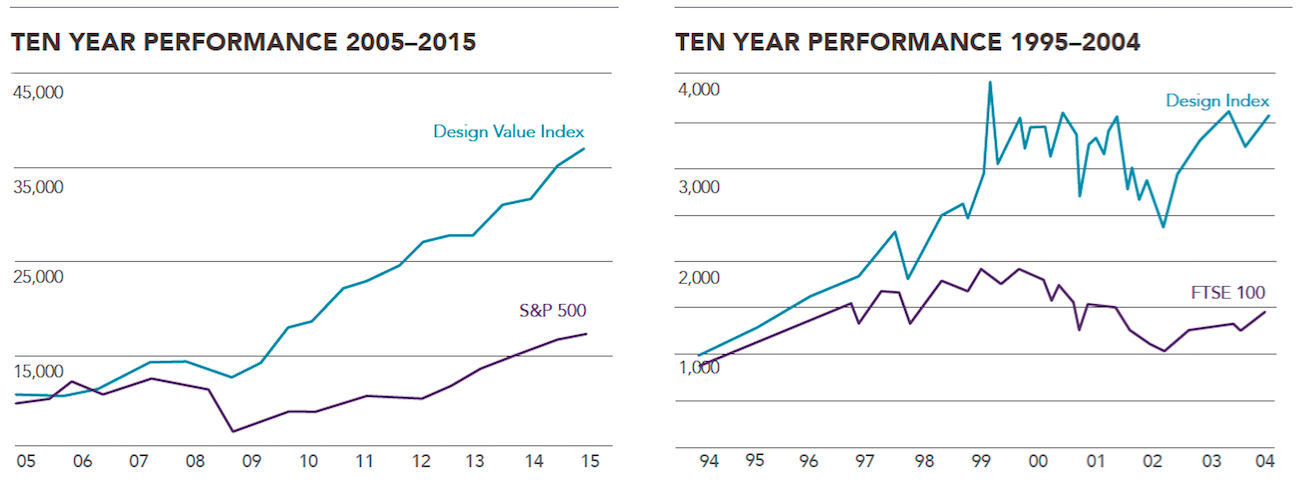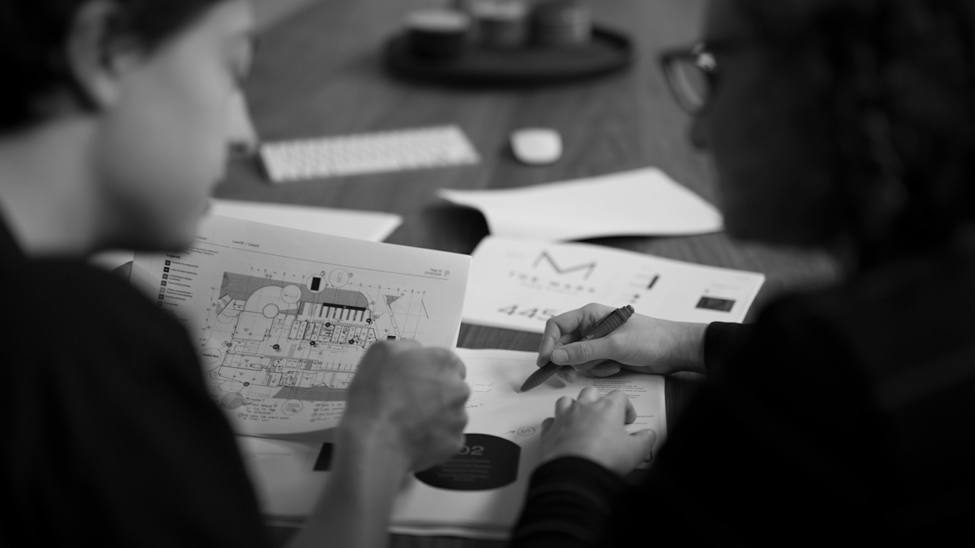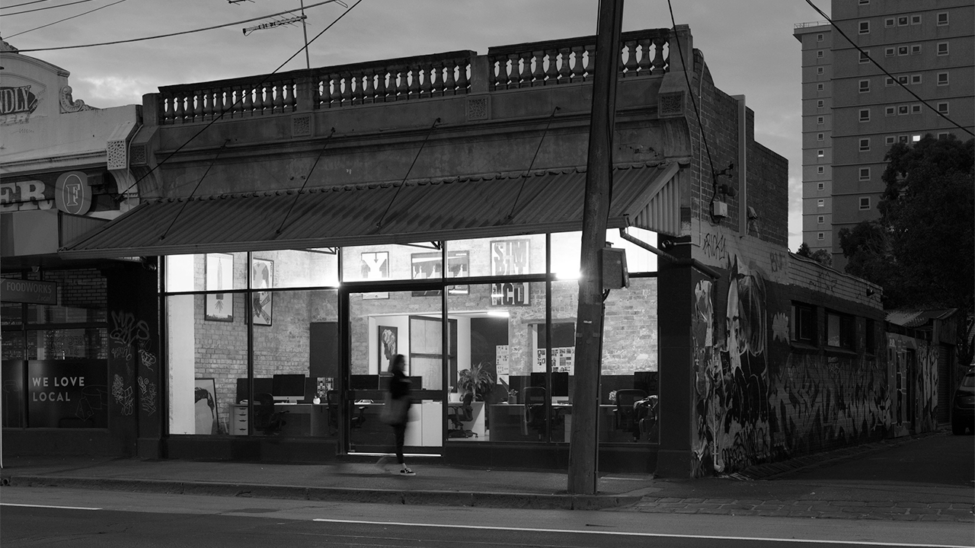Design strategy for business: Is it worth the investment?
‘Design’ and ‘business’ are two words with a poorly understood association, and it’s holding both Australian businesses and designers back when discussing design strategy. We’re talking different languages, and as a result, we’re leaving potential on the table. As designers, we’ve been selling ourselves short by trying to explain the value of design in creative terms rather than in business language.
“Clients are the difference between art and design” – Michael Beirut
Design is widely perceived as a creative pursuit. Still, once you factor in the client, budget, purpose, campaigns, audience, market analysis, it’s clear that design is not so artistic, more strategic. Strategy is where design and business unite. And it’s now been proven, on home soil, that engaging design resources in businesses create bottom-line value and improved social and economic performance.
Earlier this week, we had the privilege of absorbing the findings of the Design Business Council’s Design Maturity Report. Put together by the engaging and perceptive duo of Greg Branson and Carol Mackay over the last 18 months, the report analyses the extent of a ‘design maturity’ scale that measures the integration of design into multiple facets or activities in Australian businesses. The outcome of this body of research proves that including design throughout all activities of a business improves the bottom line performance of businesses across industries in Australia.
Design value studies have been conducted across the UK and the US for decades with consistently conclusive findings that ‘design mature’ businesses outperformed their more traditional counterparts by 200% over a 10 year period. More recently, large scale consulting firms such as McKinsey Design’s ‘The Business Value of Design’ report indicate that the corporate world is capitalising on and communicating the value that design can bring to business sitting on the table as untapped potential.

The Design Business Council’s report is the first of its kind in Australia. It provides the design industry with contextually relevant, verified proof to show our potential clients that design is a sound investment into the growth and success of business, not just for international conglomerates but also small and medium businesses in the Australian market.
The Design Business Council report showed that for every $1 of investment into design, there was a $2.50 return. You don’t need an MBA to see the value in that.
As designers, we should be rubbing our hands together, ready for the influx of businesses ready to engage with design studios as a key part of their business strategy. But it would seem we’re a little way off yet. Australian businesses are lagging behind the research and are sometimes resistant to the involvement of designers, seeing it as an expense rather than an investment. However, the problem lies with us, not them; as designers and communicators, we have not been proving our worth.
Ironically, the design industry has a communications problem.
We’re like the angsty teenagers, frustrated that our expertise is not being understood. Design in Australian business is underutilised and undervalued, but we really only have ourselves to blame. It would seem that whilst we’re great at visually demonstrating our capabilities, we have not articulated ourselves clearly enough. We need to stop speaking the language of design to businesses and expecting them to understand that kerning, typography, hierarchy, and ‘secondary graphic elements’ are incomprehensible to business owners as a genuine foreign language.
The measure of successful communication is to be understood.
So in an effort to clear up any misconceptions, it’s time to start getting clarity on what ‘design’ is and what it can do for business.
Consisting of two parts, ‘design’ is both a strategy and a craft. The craft refers to more traditional perceptions of what a ‘graphic designer’ is; we apply principles of hierarchy, scale, layout, colour, and material selection to design visual communications. This part, the art of design, is generally well understood and appreciated as a creative expression.
It’s the strategy component that has typically been more difficult to define. While we’ve always designed strategically, we haven’t always been able to articulate to our prospective clients the value of engaging with a ‘design strategy’ to achieve your ‘business strategy’.
So, what is design strategy?
In its simplest form, design strategy is the merging of business objectives with creative solutions. As design strategists, we identify business objectives that can be achieved through design. Design is not just an aesthetic exercise; it is a tool for businesses to achieve outcomes. A design strategy provides you with a clear path for achieving your business’s financial and market objectives.
A sound design strategy will deliver genuine value and bottom-line return on investment to have a successful business.
If you would like to discuss your business strategy or learn more about the Principle Design process for developing and executing design strategies, drop us a line and let’s chat!


